
Edmund Pettus Bridge: A Historic Symbol of Courage and Change
Explore the Edmund Pettus Bridge, a historic landmark in Selma, Alabama, that symbolizes the struggle for civil rights and equality in America.
The Edmund Pettus Bridge in Selma, Alabama, is a historic landmark known for its pivotal role in the Civil Rights Movement. Visitors can walk across this iconic bridge, reflecting on its significance in American history and the ongoing struggle for equality.
A brief summary to Edmund Pettus Bridge
- Selma, Alabama, 36703, US
- +1800-457-3562
Local tips
- Visit early in the morning for a quieter experience and better photo opportunities.
- Check local schedules for any events or commemorative marches taking place.
- Consider visiting the nearby Civil Rights Institute for a deeper understanding of the historical context.
- Wear comfortable shoes, as you may want to walk along the riverbank for stunning views.
- Take time to read the informational plaques along the bridge to fully appreciate its history.
Getting There
-
Walking
If you are starting from the Selma Interpretive Center (located at 12 W. Broad Street), exit the building and head east on Broad Street. Continue walking straight for about 0.5 miles until you reach the intersection with Alabama Avenue. Turn left onto Alabama Avenue and walk for another 0.3 miles. You will see the Edmund Pettus Bridge directly ahead as you approach the Alabama River.
-
Walking
If you are near the Dallas County Courthouse (located at 105 Washington Street), exit the courthouse and head south on Washington Street. After about 0.2 miles, turn right onto Broad Street. Continue walking straight for approximately 0.5 miles. At the intersection with Alabama Avenue, turn left, and the Edmund Pettus Bridge will be in sight shortly after.
-
Public Transportation
For those using public transit, check the local bus schedule to see if there is service to the Selma Interpretive Center or downtown Selma. Once you arrive at the nearest bus stop, follow the walking directions provided from the Selma Interpretive Center or Dallas County Courthouse to reach the Edmund Pettus Bridge.
Discover more about Edmund Pettus Bridge
Iconic landmarks you can’t miss
Organpi Farms Farmhouse
0.1 km
Explore the bounty of Selma at Organpi Farms Farmhouse, where fresh produce meets local flavor and community spirit.
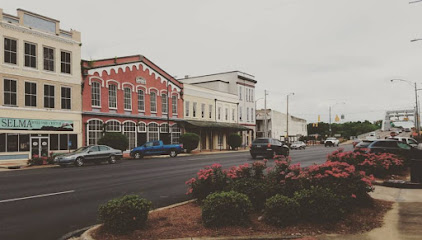
Queen City Kale
0.1 km
Experience the flavors of Selma at Queen City Kale, where fresh ingredients and creative dishes come together in a vibrant setting.
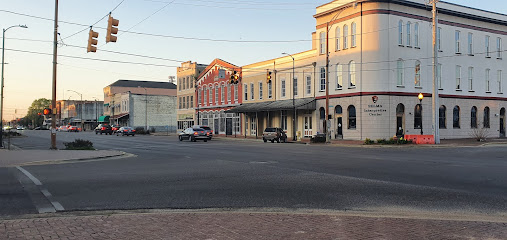
Bridgetender's House
0.1 km
Explore Selma's historical gem, Bridgetender's House, a serene landmark showcasing the rich heritage of Alabama's past.
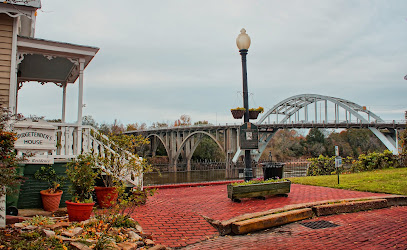
St. James Hotel Selma, Tapestry Collection by Hilton
0.2 km
Experience Southern charm at St. James Hotel Selma, where history meets modern comfort along the beautiful Alabama River.

Sleeping Prophet Edgar Cayce Memorial
0.2 km
Explore the Edgar Cayce Memorial in Selma, Alabama, a historic landmark celebrating the legacy of America's most famous clairvoyant and his insights on spirituality and healing.
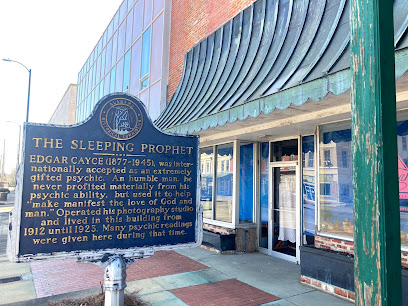
905 Gallery
0.3 km
Discover the vibrant local art scene at 905 Gallery in Selma, Alabama, where creativity and culture come alive in an inspiring atmosphere.
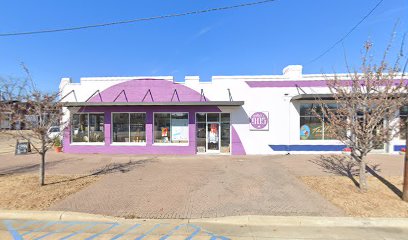
The Coffee Shoppe
0.6 km
Discover the heart of Selma at The Coffee Shoppe, where delightful brews and local charm create the perfect café experience.
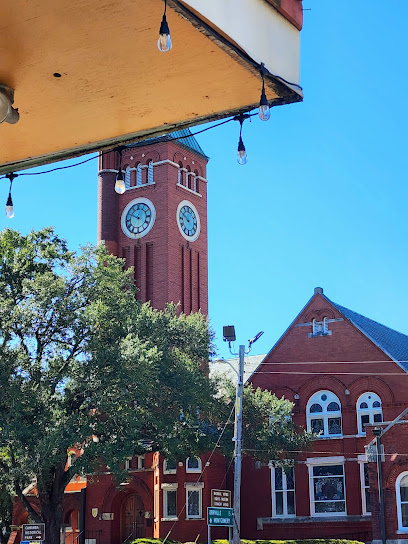
Temple Mishkan Israel
0.9 km
Discover the rich heritage of Temple Mishkan Israel, a historical synagogue in Selma, Alabama, intertwined with the civil rights movement.
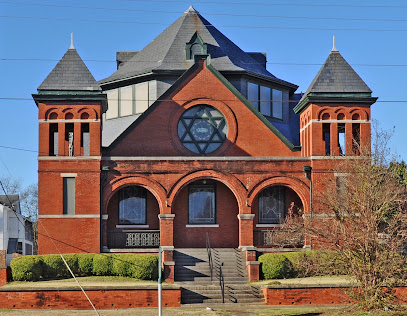
Mabry-Jones House
1.1 km
Discover the essence of Selma's history at the Mabry-Jones House, a beautifully preserved historical landmark showcasing architectural elegance and cultural significance.
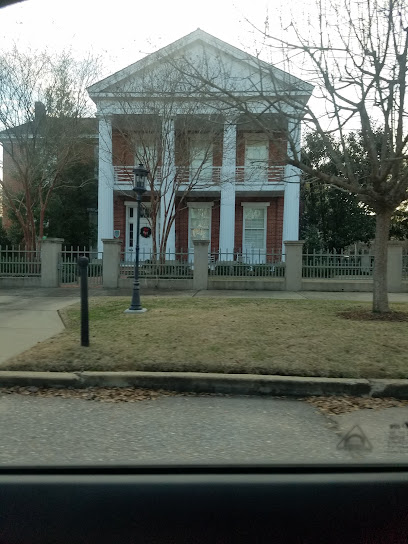
Riverview Historic District
1.2 km
Experience the rich history and stunning architecture of Riverview Historic District in Selma, Alabama, a testament to the nation's past.

John Tyler Morgan House
1.3 km
Discover the rich history of the John Tyler Morgan House in Selma, Alabama – a landmark reflecting America's complex past and architectural beauty.
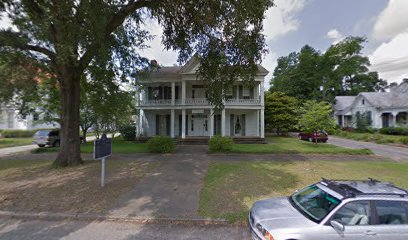
Icehouse Historic District
1.3 km
Discover the rich history and architectural beauty of the Icehouse Historic District in Selma, Alabama—a must-visit for history enthusiasts and curious travelers.
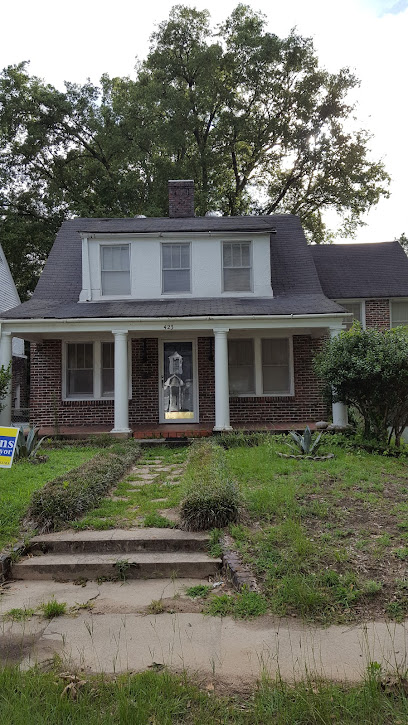
Edmundite Missions
1.6 km
Discover the heart of community service at Edmundite Missions in Selma, Alabama, where faith meets action for social justice.
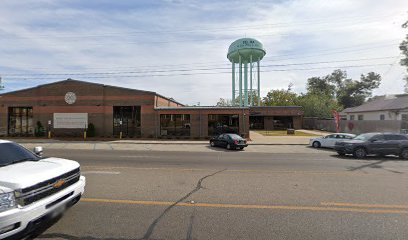
Lannie's Bar-B-Q Spot
1.7 km
Discover authentic Southern barbecue at Lannie's Bar-B-Q Spot in Selma, Alabama, a must-visit for food lovers seeking delicious flavors.
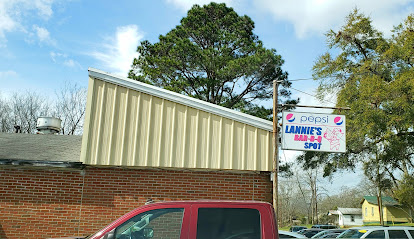
Bloch Park
1.8 km
Experience the natural beauty and community spirit at Bloch Park, a perfect retreat for relaxation and recreation in Selma, Alabama.
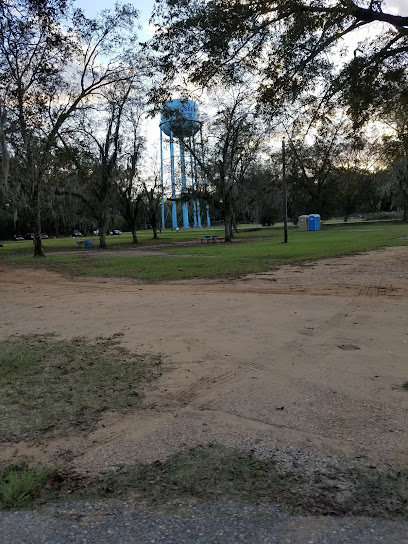
Unmissable attractions to see
Selma Interpretive Center of the Selma to Montgomery National Historic Trail
0.2 km
Explore the Selma Interpretive Center and immerse yourself in the rich history of the Civil Rights Movement on the Selma to Montgomery National Historic Trail.
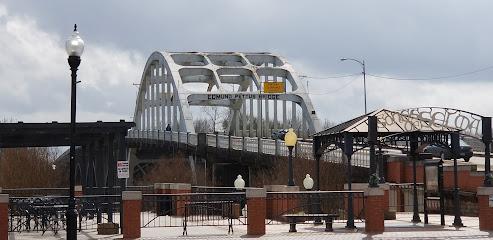
Civil Rights Memorial Park
0.3 km
Explore the rich history of Selma at Civil Rights Memorial Park, a tribute to the heroes of the Civil Rights Movement in a serene setting.

National Voting Rights Museum and Institute
0.4 km
Explore the National Voting Rights Museum and Institute in Selma, Alabama, and uncover the vital history of civil rights and voting equality.
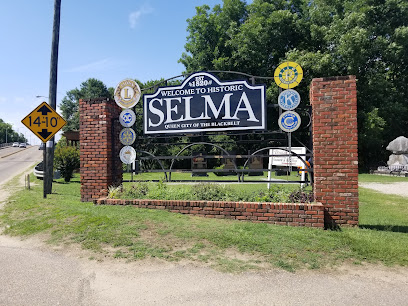
Enslavement & Civil War Museum
0.4 km
Discover the Enslavement & Civil War Museum in Selma, Alabama, where captivating exhibits reveal the impactful history of enslavement and the Civil War.
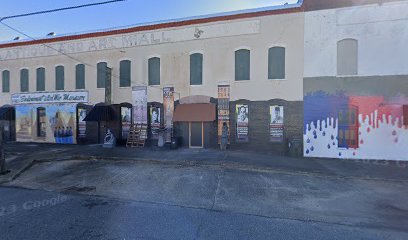
Bridge Crossing Jubilee
0.4 km
Explore the Bridge Crossing Jubilee, a historic event in Selma, Alabama, celebrating the fight for civil rights and honoring the legacy of the Selma to Montgomery marches.
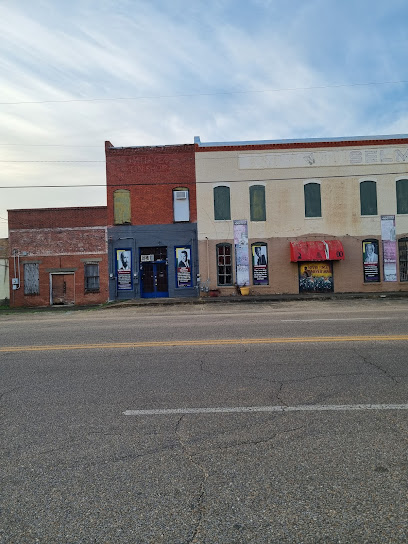
Historic Riverfront Park
0.4 km
Explore the scenic beauty and rich historical significance of Historic Riverfront Park in Selma, Alabama, a perfect blend of nature and heritage.
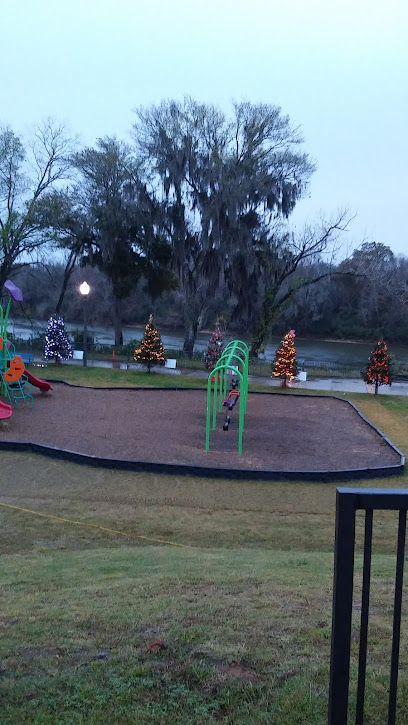
Old Depot Museum
0.6 km
Explore the Old Depot Museum in Selma, Alabama - a vital stop to uncover the city's rich history and its role in the civil rights movement.
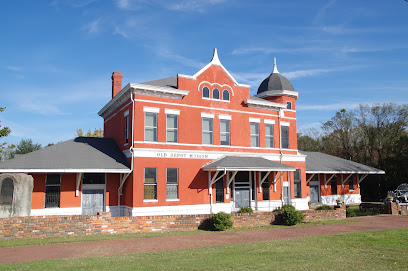
Old Town Historic District
0.6 km
Discover the historical depth and cultural richness of Selma's Old Town Historic District, a key site in America's civil rights journey.
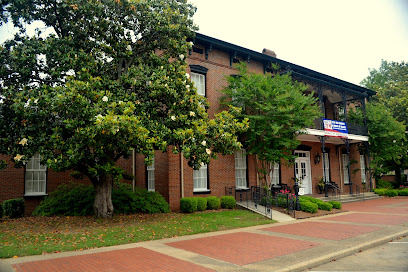
Vaughan Smitherman Museum
0.7 km
Explore the rich history of Selma, Alabama at the Vaughan Smitherman Museum, where stories of the past come to life through engaging exhibits and artifacts.
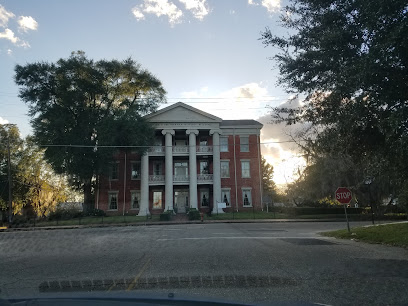
Brown Chapel AME Church
0.8 km
Explore the historic Brown Chapel AME Church in Selma, a key site of the Civil Rights Movement, and connect with America's enduring legacy of hope and justice.
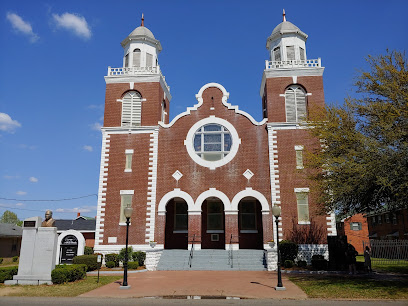
Sturdivant Hall Museum
1.3 km
Explore the historical elegance of Sturdivant Hall Museum in Selma, Alabama, and uncover the stories of the antebellum South.
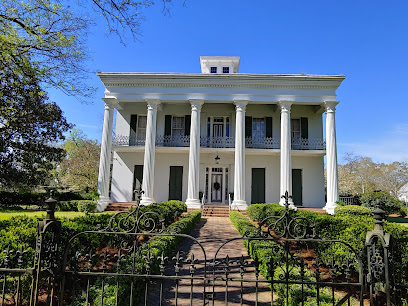
Tabernacle Baptist Church
1.7 km
Explore the spiritual heritage and architectural beauty of Tabernacle Baptist Church in Selma, Alabama, a key landmark in the heart of the Civil Rights Movement.
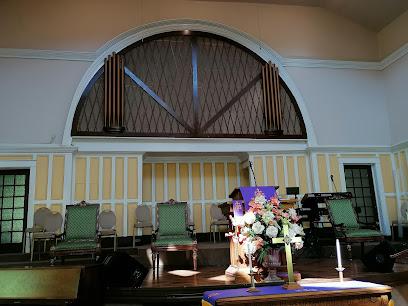
New Live Oak Cemetery
2.5 km
Discover the serene beauty and rich history of New Live Oak Cemetery in Selma, Alabama, a peaceful tribute to the past.
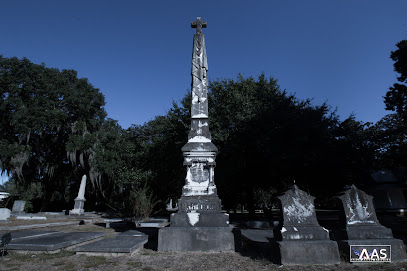
Lions Fair Park
5.1 km
Discover Lions Fair Park, a tranquil escape in Selma, Alabama, where lush greenery and scenic trails create the perfect outdoor adventure.

Old Cahawba Archaeological Park
12.5 km
Discover the rich history and natural beauty of Old Cahawba Archaeological Park, Alabama's first state capital, nestled along the scenic Cahaba River.
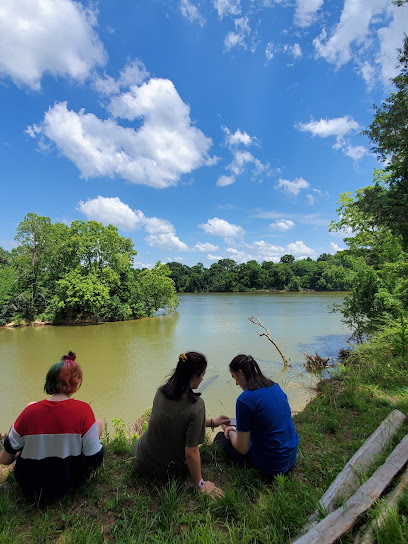
Essential places to dine
Reflections Coffee Shoppe
0.1 km
Experience warmth and flavor at Reflections Coffee Shoppe in Selma – your go-to spot for delicious coffee and local charm.
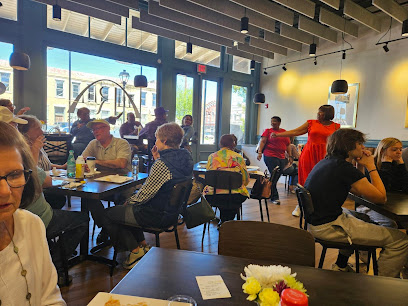
Gab n grab
0.2 km
Experience the heart of American cuisine at Gab n Grab in Selma, Alabama – where comfort food meets Southern hospitality.
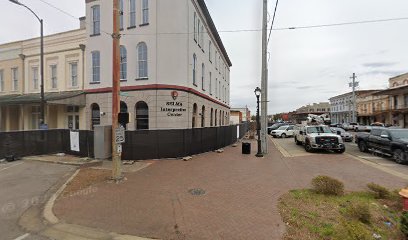
Sterling's
0.2 km
Discover the heart of American cuisine at Sterling's in Selma - where Southern hospitality meets delicious home-cooked meals.

Munch Box
0.3 km
Discover Munch Box: A cozy breakfast spot in Selma offering delicious meals that capture the essence of Southern hospitality.
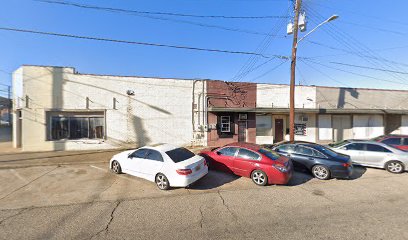
Macks Amillion Daiquiri shop
0.3 km
Discover refreshing frozen daiquiris at Macks Amillion Daiquiri Shop in Selma, Alabama - where flavor meets fun in a vibrant setting.
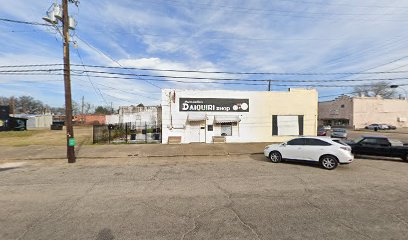
Xpression
0.4 km
Discover Xpression in Selma: A culinary gem offering delicious Southern cuisine and warm hospitality in a vibrant setting.

Bistro Manila (and Boba Manila)
0.4 km
Experience authentic Filipino cuisine and delicious bubble tea at Bistro Manila in Selma, Alabama – where every meal tells a story.
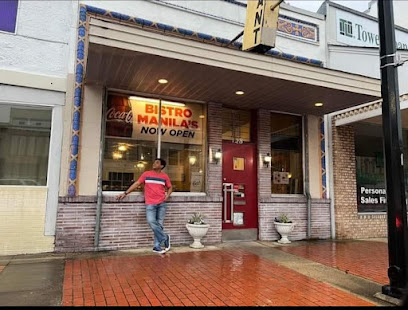
The Downtowner Restaurant
0.4 km
Experience family-friendly dining at The Downtowner Restaurant in Selma – where delicious comfort food meets warm hospitality.
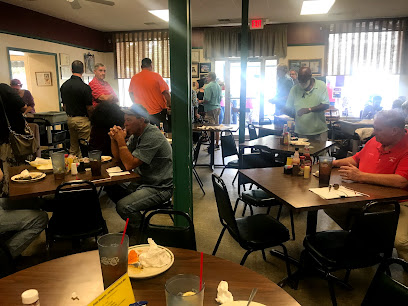
5 & Dime
0.5 km
Experience authentic American cuisine at 5 & Dime in Selma, Alabama - where every meal tells a story.

MK87
0.5 km
Discover MK87 in Selma: A delightful sandwich shop offering locally-sourced flavors in a welcoming atmosphere.
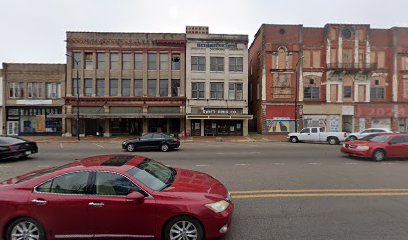
Dallas Bar-B-Que
0.7 km
Experience authentic Southern barbecue at Dallas Bar-B-Que in Selma - where smoky flavors meet hearty hospitality.

Hickory Pit
0.8 km
Experience authentic Southern barbecue at Hickory Pit in Selma – where smoky flavors meet warm hospitality.
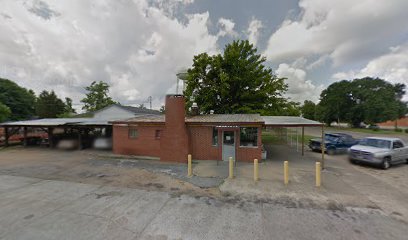
Church's Texas Chicken
1.4 km
Discover the delicious taste of Southern comfort food at Church's Texas Chicken in Selma - where every meal is a celebration!
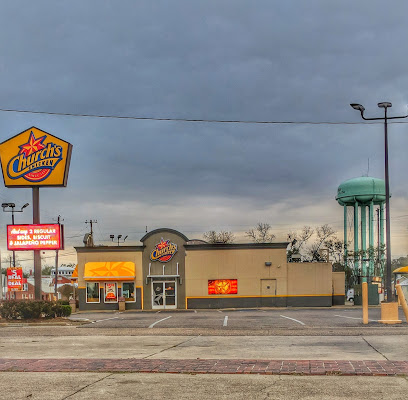
Hibachi Xpress
1.7 km
Experience authentic hibachi cuisine at Hibachi Xpress in Selma – fresh ingredients and skilled chefs create memorable meals.
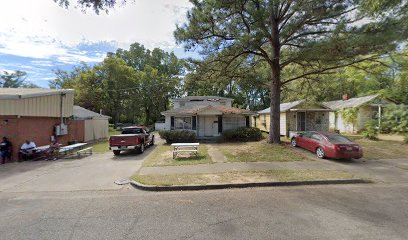
Pizza Hut Express
1.9 km
Discover delicious pizzas at Pizza Hut Express in Selma, Alabama - a perfect spot for quick bites while exploring rich Southern history.
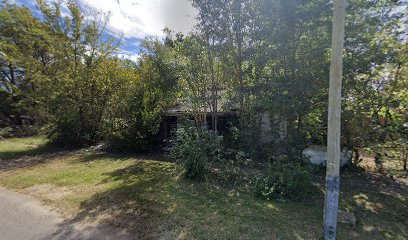
Markets, malls and hidden boutiques
Broad Street Books
0.2 km
Explore Broad Street Books, Selma's charming bookstore offering a diverse selection of literature in a cozy atmosphere.
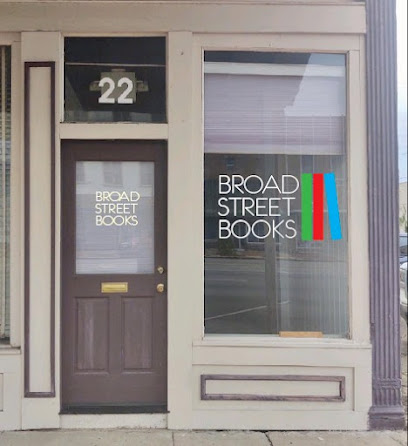
On Time Fashions
0.3 km
Discover the latest trends in men's fashion at On Time Fashions, Selma's go-to destination for stylish clothing and accessories.
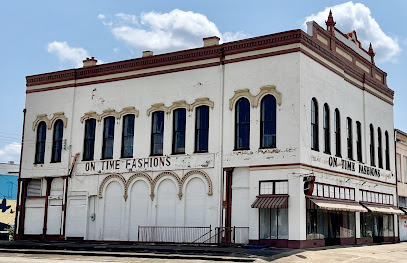
This & That
0.3 km
Discover unique home goods and local treasures at This & That, a charming store in Selma, Alabama, where Southern hospitality meets quality craftsmanship.

Cotton House
0.3 km
Discover Cotton House in Selma, Alabama - a boutique clothing store offering unique fashion pieces and a warm shopping experience.

Snack Store
0.3 km
Explore Selma's Snack Store for quick bites, refreshments, and local products in a convenient, friendly setting.
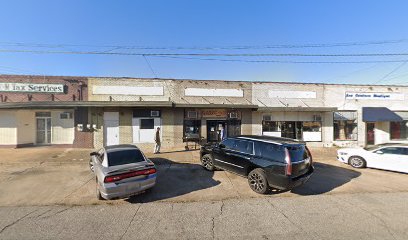
Lex Couture Boutique
0.4 km
Discover elegance and style at Lex Couture Boutique in Selma, Alabama, your destination for bridal gowns, tuxedos, and formal wear.

Queen City Market
0.4 km
Explore unique clothing and home goods at Queen City Market, Selma's charm-filled boutique offering local fashion and gifts.
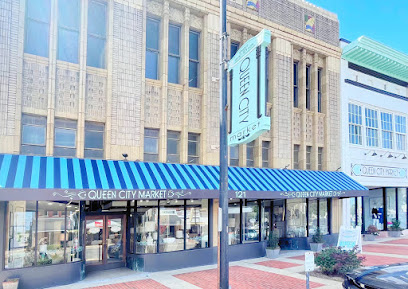
Odds and Ends Gift Shop
0.4 km
Explore Selma’s Odds and Ends Gift Shop for unique local gifts, handcrafted treasures, and a taste of Southern charm.

allez-oup
0.4 km
Discover unique gifts and stylish finds at Allez-Oup, Selma's charming gift shop and boutique featuring baby clothing and women's fashion.

Spiller Furniture Co
0.5 km
Explore Spiller Furniture Co in Selma, Alabama - where quality craftsmanship meets stylish design in a welcoming atmosphere.

Selma Curb Market
0.6 km
Explore local flavors and community spirit at Selma Curb Market, your go-to grocery store in Selma, Alabama, offering fresh produce and unique artisanal goods.

Johnny's Package Store
0.6 km
Explore Johnny's Package Store in Selma, AL - your go-to spot for local liquor, convenience services, and a taste of Southern hospitality.

Express Shop
0.9 km
Discover the ultimate convenience at Express Shop in Selma, Alabama—your one-stop destination for snacks, drinks, and fuel.

The Salvation Army Family Store
0.9 km
Explore unique second-hand treasures at The Salvation Army Family Store in Selma, Alabama, while supporting community initiatives and sustainability.
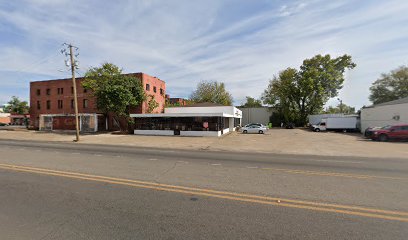
Cupcake Shop
1.0 km
Experience the sweetness of Selma at the Cupcake Shop, where every bite is a delightful treat crafted with love.
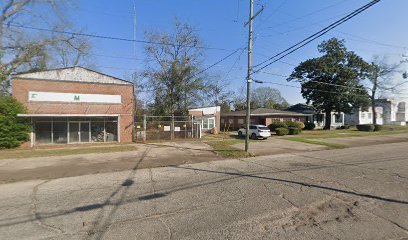
Essential bars & hidden hideouts
Sparkle's Saloon
0.3 km
Discover the lively atmosphere of Sparkle's Saloon, a charming bar in Selma, Alabama, offering refreshing drinks and a taste of local culture.
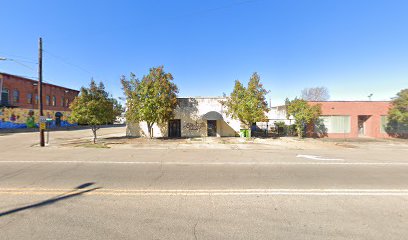
Dripz Lounge
0.4 km
Discover the charm of Dripz Lounge in Selma, Alabama – your go-to bar for a taste of local nightlife and a cozy atmosphere.

Dallas County
1.1 km
Experience the vibrancy of Dallas County's gay bar scene in Selma, Alabama, a celebration of diversity, culture, and community.
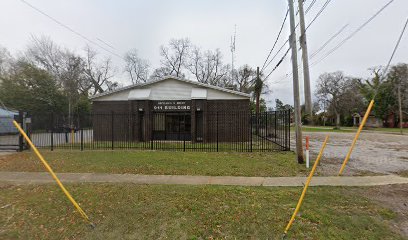
Southern Comfort Lounge
2.2 km
Experience Southern charm at the Southern Comfort Lounge in Selma, Alabama, where live music and delicious cocktails create unforgettable moments.
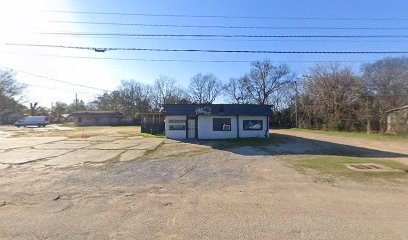
XPLOSION
3.5 km
Experience the thrill of sports at XPLOSION, Selma's go-to sports bar with delicious bites and a vibrant atmosphere.

Dallas County Moose Lodge 1737
4.6 km
Discover the warmth and camaraderie of the Dallas County Moose Lodge 1737 in Selma, a perfect spot for drinks and local culture.
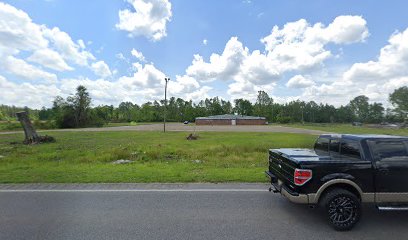
Michael's Pub
6.6 km
Discover the lively nightlife and warm atmosphere of Michael's Pub in Selma, Alabama, where great drinks and good company await you.

King Bar
16.3 km
Discover the wonders of King Bar, a vibrant reef destination in Alabama offering stunning marine life and a relaxing atmosphere for every tourist.

Mary Taylor Bar
18.8 km
Experience the vibrant atmosphere and delicious seafood at Mary Taylor Bar, a hidden gem in Alabama's coastal beauty.

Mitchell Bar
19.1 km
Explore the vibrant underwater world of Mitchell Bar, a stunning reef in Alabama, where adventure and marine beauty await every visitor.

Upper Sister Bar
23.0 km
Explore the vibrant marine life and stunning coral formations at Upper Sister Bar, a must-visit reef destination in Alabama for nature lovers and adventure seekers.

Rifleman Bar
23.2 km
Experience the heart of Alabama at Rifleman Bar - a cozy retreat for drinks, stories, and local culture.

Middle Sister Bar
27.1 km
Explore the serene beauty of Middle Sister Bar in Alabama, a stunning reef destination perfect for adventure and relaxation.

Providence Bar
27.5 km
Explore the stunning reef landscapes of Providence Bar in Alabama, a serene escape for nature lovers and adventure seekers alike.

Upper Portland Bar
29.7 km
Discover the serene beauty of Upper Portland Bar in Alabama, a perfect retreat for relaxation and local flavor amidst stunning landscapes.




